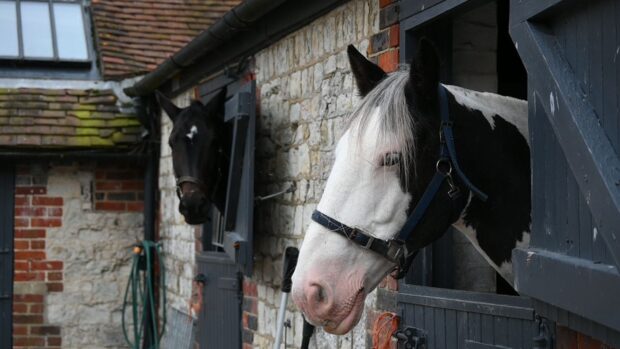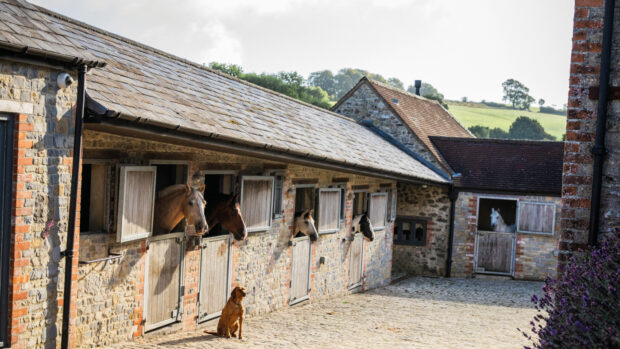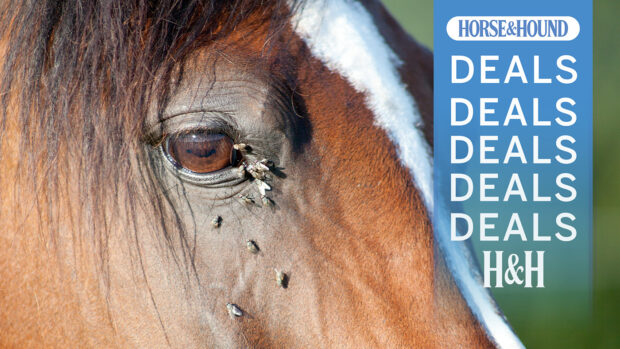When lying by a pool is not on the agenda, H&H finds out how to get through a hot spell with your horse this summer
Many horse owners are understandably concerned about how to keep their horses happy and healthy when the mercury spikes. So if you’re looking for some advice on how to care for your horses in such un-British temperatures as those currently forecast for this weekend, we have spoken to the experts to garner their heatwave advice for horses…
1. Heatwave advice for horses: prevention is better than cure
The ideal is not to allow horses to get too hot. And if they do, to cool them effectively. Following Barcelona, the International Olympic Committee and FEI funded a research project into the effects of heat and humidity on horses. Dr David Marlin, who led the project, says: “Horses were finishing cross-country at Barcelona with temperatures off the range on the thermometers, over 41°C. It was a wake-up call ahead of Atlanta 1996 — the key was to learn what would be reasonable to ask of the horses given the conditions.”
The team developed an on-site assessment of the thermal load on horses — the Wet Bulb Globe Temperature (WBGT) index. This takes into account air temperature, humidity, sunlight and wind, to give a certain number. If conditions produce a figure above 28, horses are adversely affected, leading to falls and fatigue, and therefore the effort on the course must be reduced (by shortening the course, or removing jumps). If the WBGT exceeds 33, conditions are considered incompatible with safe competition.
2. Don’t ignore horses that are turned out during a heatwave
It’s not just elite competition horses at risk during a heatwave; even horses out in the field can suffer.
A spokesman for the British Horse Society highlights the need for shade, water and suncream. “Horses are affected by the sun in the same way as humans — like pale-skinned and fair-headed humans, horses with pale skin and grey or white fur are most susceptible to burning,” she says. “If your horse has pink — rather than brown — skin, they are particularly at risk. Muzzles are very sensitive, so apply a high-factor suncream liberally and regularly around that area.”
H&H vet Karen Coumbe urges owners to take action if a horse is looking uncomfortable out in the field, even at rest, during a heatwave.
“Take his temperature,” she says, singling out “black, hairy, overweight cobs” as the most susceptible. “Horses out in a field, provided they have some shade, are unlikely to develop heatstroke, but if they are exercising hard, then hot, humid conditions can be challenging. If his temperature is over 39°C, he’d benefit from some cooling; more than 40°C and he’s at risk of heatstroke. More than 42°C can be fatal.”
3. Know the signs of overheating
“A seriously overheated horse may not be sweating,” Karen cautions. “He could be so dehydrated he doesn’t have the resources to sweat. Horses with heatstroke can be agitated, wobbly, depressed and show signs of colic. The breathing may be inconsistent or rasping, the mucous membranes congested and he may have a weak pulse. If you see any of these signs, take his temperature, start rapid cooling and consult your vet.”
4. Have lots of cold water at the ready for a horses in a heatwave
“Aggressive cooling” should be used, where cold water – between 4-10°C – is continuously poured all over the horse without scraping off the excess water. As the water evaporates from the horse’s skin, it will cool the horse down further.
Karen has a few practical suggestions. “I’ve seen riders with little watering cans dribbling water down the horse’s neck — this is nowhere near enough water,” she says. “You need large buckets of water, ideally with ice packs to help cool the water further. Then use big plastic jugs to transfer the water to the horse, so you don’t waste the cold water by chucking it all over the place.
“Don’t apply ice packs directly on the skin, as it can cause thermal damage. Keep it simple — you need to cool the bulk of the horse quickly. And move the horse to a shady area with a breeze. Misting fans are a marvellous luxury, if available.”
5. Keep horses moving while cooling
David advocates keeping the horse moving, as this increases the blood pressure (reducing the risk of collapse), and cooling the horse as fast as possible all over the body, because it’s the skin’s cooler blood that will go through the heart and into the muscles.
6. Heatwave advice for horses: clever tips and tricks
Irish eventing groom Philip Smyth Mua had his own little trick to keep horses comfortable after the 2019 young rider Europeans, where it was 28°C. “I put a sponge in the freezer, and then popped it under the headcollar while I was walking horses off after cross-country.”
7. Know the rules about hosepipe bans
While there are no current hosepipe bans in place, however should a ban be introduced, you will need to know the rules.
You may also be interested in…

Tried and tested sun creams for protecting your horse’s pink skin this summer

Need to protect your horse from UV rays this summer? Check these out…
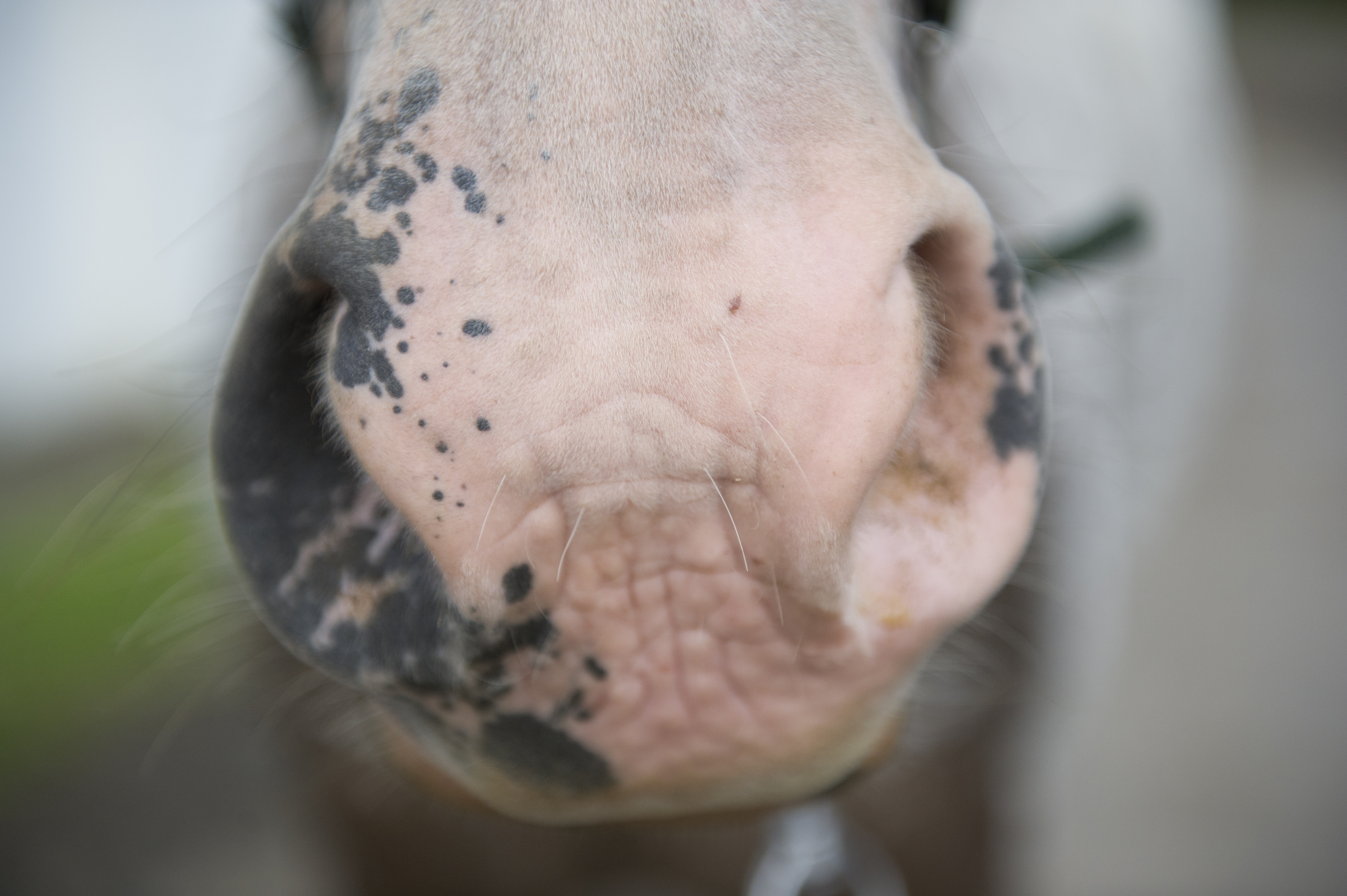
How to avoid your horse suffering from sunburn this summer
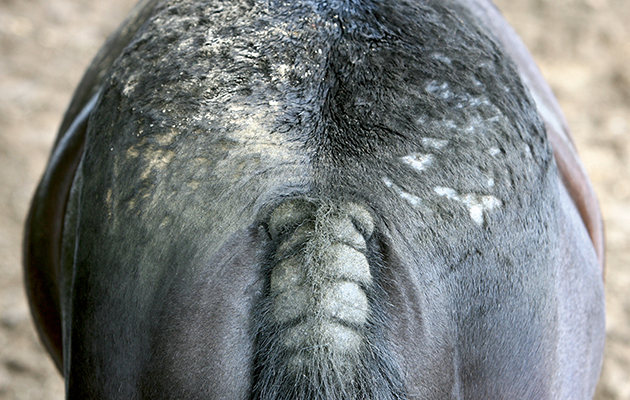
10 ways to beat sweet itch this summer

Subscribe to Horse & Hound magazine today – and enjoy unlimited website access all year round
Horse & Hound magazine, out every Thursday, is packed with all the latest news and reports, as well as interviews, specials, nostalgia, vet and training advice. Find how you can enjoy the magazine delivered to your door every week, plus options to upgrade your subscription to access our online service that brings you breaking news and reports as well as other benefits.


